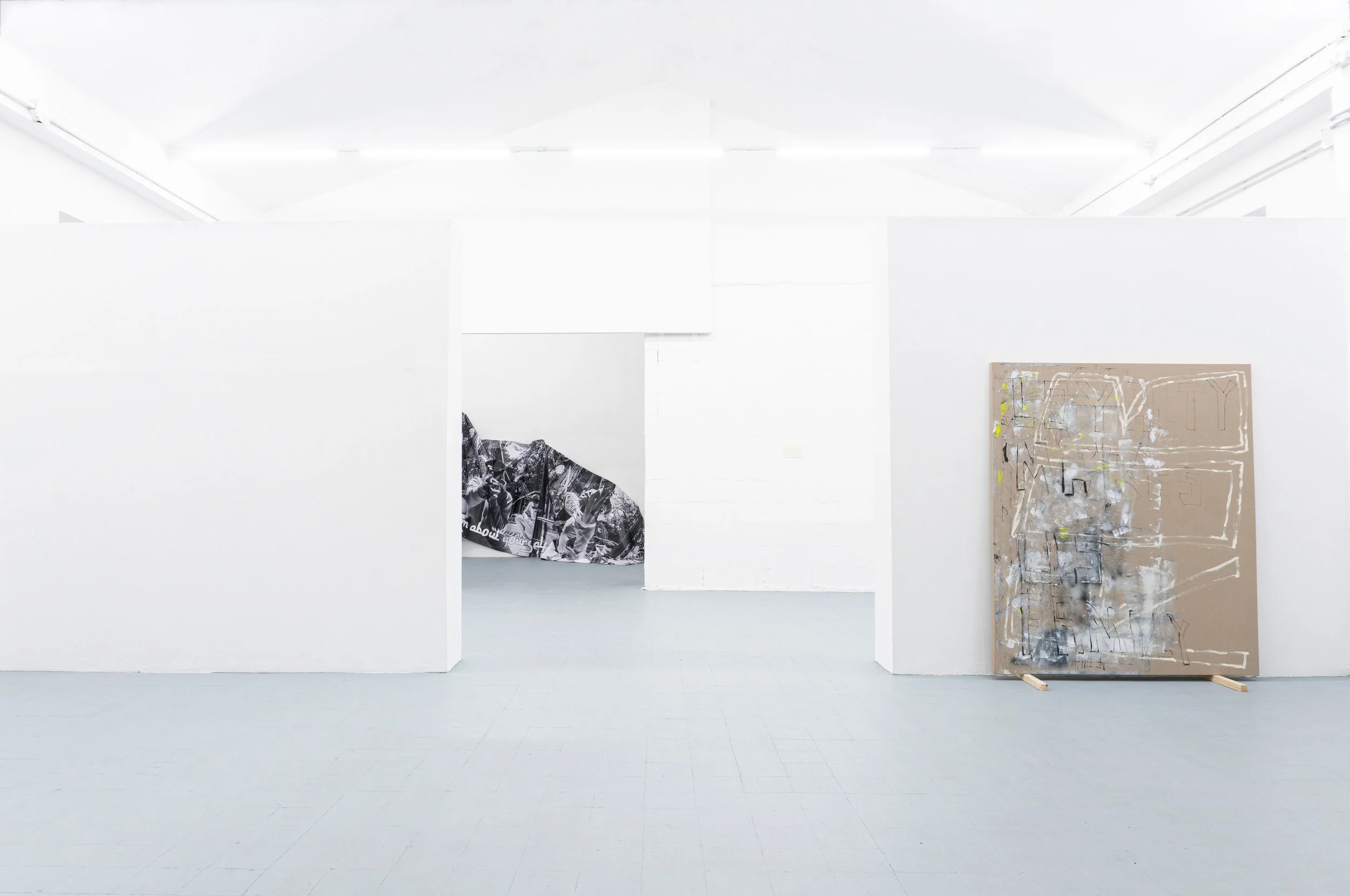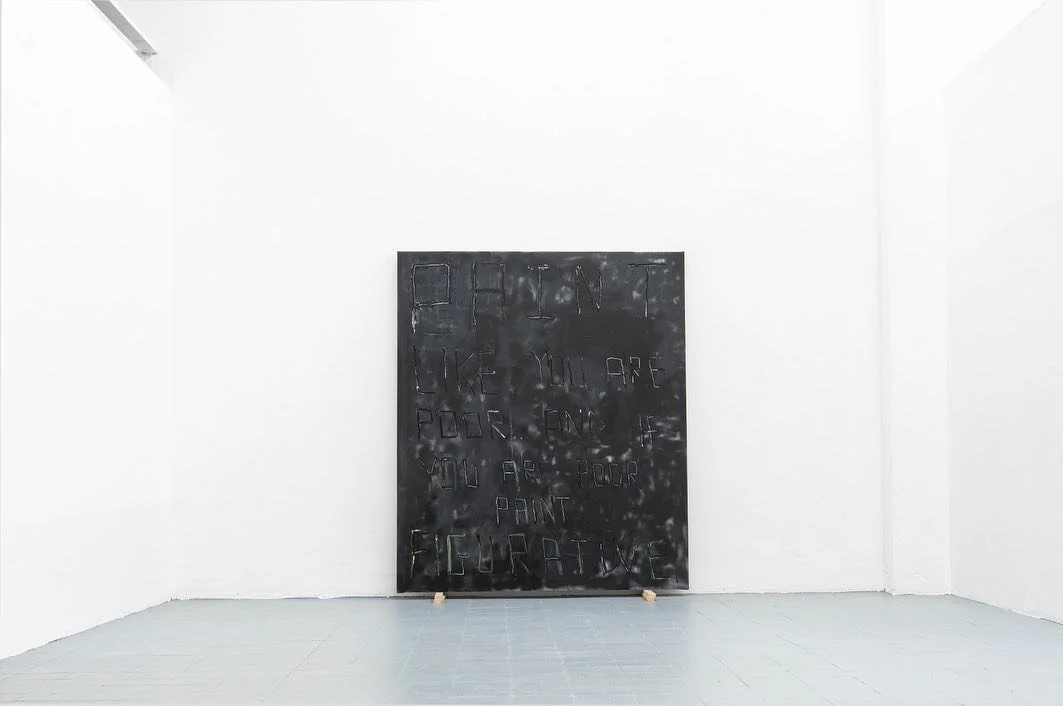Sleep is the cousin of death’ quoted Richie during a Zoom call. Every night, with our frozen muscles, we play dead. Like amphibians in situations of imminent danger, we simulate a state of apparent death. We experience a complete suspension of movement, while our brain keeps racing. Forced into a state of tonic immobility, we continue moving through mental images. Sleeping seems nothing more than the human response to the primordial
‘playing dead’ defence mechanism, a complexified temporary paralysis to fool enemies. And dreaming the safe zone where we process the threats of waking life in protected conditions. A nighttime recital which lasts eight hours -at best-. But dreams are often treated by humans with special caution. Chases, nudity, and fallen teeth populate the symbolic imagery and the tales of the morning after. Forgettable tales. Day-to-day situations inform oneiric activity, but there is someone we meet daily albeit infrequently in dreams: ourselves.
Dreaming about yourself, in the third person, should be the most effortless of dreams, yet hardly appears in our cortex brain. ‘Last night I dreamt of myself’ seems a self-absorbed and egocentric perspective.We are exposed to our person, body, and fallibility, all day long. Why do we also meet our nocturnal doppelgänger? What might we talk or fight about? What would communicate to us our older, younger, transfigured version? What introspection. What an ego. Watching yourself in a dream is a bit like doubling up, cutting yourself in two. Like becoming your halved, raw, spectator. You are performing on a stage, while you are sitting in the back still. You are focused and functional, you are also prey to irrational impulses. You are a lively, energetic, outstanding human, full of desires. You are also an immobilised and frightened amphibian. In between the two extremes, the waking life. Real as long as it lasts.




